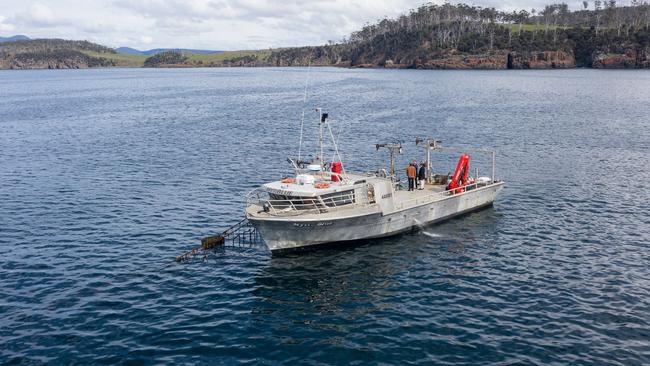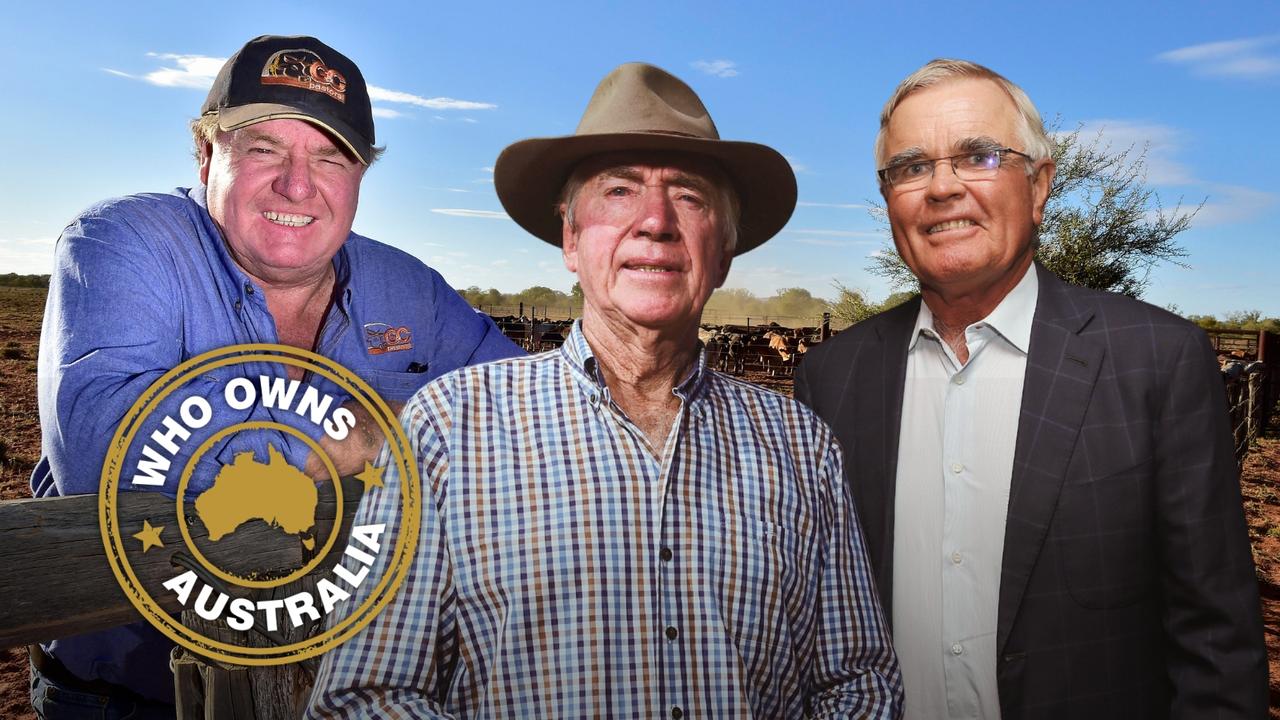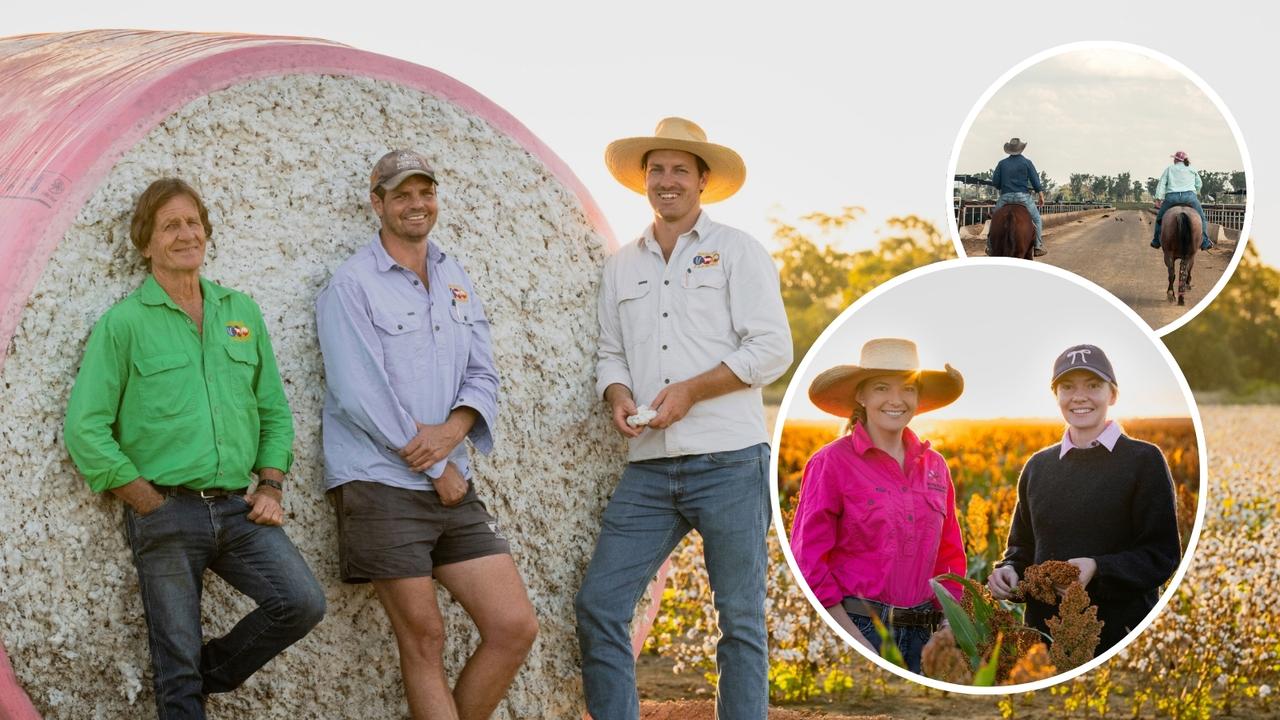SeaStock, SeaForest, CH4 Global: Asparagopsis industry going swimming
Asparagopsis has the ability to reduce carbon emissions from livestock drastically, and investors are pushing the new sector.
Australia’s nascent seaweed farming industry is expanding rapidly on the back of keen investor interest in the ability of native red seaweed, asparagopsis, to stem harmful methane emissions from Australia’s large beef and dairy cattle industries.
A third company, Western Australia-based SeaStock, has just joined Tasmania’s SeaForest and CH4 Global in being issued a licence to grow, farm and harvest asparagopsis seaweed, to be transformed into a commercial emission-reducing livestock feed supplement.
Australia’s 27 million cattle – and their natural burps and farts – directly account for about 11 per cent of Australia’s total national greenhouse gas emissions and more than two-thirds of emissions by the agricultural sector.

This makes cattle (and to a much smaller extent, sheep) the third-largest source of harmful greenhouse gas emissions in Australia after the energy and transport sectors, and one of the largest local contributors to catastrophic climate change.
But the CSIRO discovery that feeding asparagopsis supplements daily to cattle can cut carbon emissions by 80-95 per cent has worldwide, as well as national, ramifications in the quest to curb greenhouse gases and meet the emission reduction targets set by international treaties and agreements.
Australia is already a leader in the field, befittingly since most of the trial work using asparagopsis has been done by CSIRO, James Cook University, Meat and Livestock Australia and the commercial spin-off company FutureFeed.
Partly owned by iron ore magnate and marine scientist Dr Andrew “Twiggy” Forrest through his Harvest Road agricultural group, as well as companies such as listed GrainCorp, Woolworths and AGP Sustainable Real Assets, FutureFeed holds the global intellectual property rights to the use of asparagopsis as a feed additive to reduce methane emissions and speed growth rates in livestock.
It is expecting a rich royalty flow from companies around the world wanting licence agreements and certification to grow and farm asparagopsis and sell it as an animal feed supplement. It claims adding about 5g of asparagopsis seaweed extract per kilogram of dry feed matter (0.2 per cent), or feeding about 30 grams per head a day to cattle, lowers methane emissions by more than 80 per cent.
SeaStock managing director Tom Puddy says the company’s research and commercialisation ambitions are strengthened by the licence agreement, as interest in asparagopsis grows globally.
“This is a huge milestone for SeaStock and WA, which is in the box seat to establish itself as a leading player in the burgeoning native seaweed industry,” Puddy says. “The science behind the methane-reducing power of asparagopsis is strong and proven to achieve significant environmental benefits through reducing carbon emissions.
“Reducing methane in animal production enables meat and dairy producers to meet growing demand from low-carbon and zero-carbon food consumers.”
Six companies around the world are now trying to farm and harvest asparagopsis, which can either be grown in the sea on marine leases, similar to mussels and oysters, or grown in tanks and laboratories on land. SeaStock remains in the trial phase, with access to aquaculture leases along the coast of Western Australia and a new capital raising underway following its FutureFeed licensing.
Tasmania’s SeaForest is the most advanced of Australia’s three asparagopsis-licensed companies, with extensive former mussel leases located between Triabunna and Maria Island already seeded and growing the native seaweed.

SeaForest co-founder and chief executive Sam Elsom says the company now has 44 employees, has commercial quantities of seaweed extract in stock ready for sale and has ramped up its production of harvested asparagopsis from enough to feed 1000 cattle daily to 35,000 head daily.
But he says uptake by farmers has been slower than expected, blaming the Federal Government for failing to fast-track the “methodology” linking the use of asparagopsis in cattle feed and the subsequent reduction in methane emissions, with the ability to earn valuable carbon credits issued by the Emissions Reduction Fund.
Elsom says the cost of feeding asparagopsis daily to cattle is hard to justify without incentivising farmers to make the move by qualifying for high value carbon credit certificates that can then be sold directly to carbon emitters or traded on carbon markets.
“It’s very frustrating, we are caught in limbo, even though we know there will shortly be unprecedented demand,” Elsom says. “We built this business to have real impact on reducing emissions and tackling climate change, but we need the government to come to the party and help drive the uptake and use of this technology that will provide jobs in regional Australia and incentivise farmers to decarbonise.”
Large-scale dairy farmer Richard Gardner, who milks more than 1250 cows daily at Tunbridge in central Tasmania, has been trialling the use of the seaweed extract added to his cattle feed for the past 12 months backed by the company that buys his milk, Fonterra.
Gardner says that while the Government is lagging behind in making the feed supplement eligible for carbon credits, so too is much of the dairy industry, with many farmers slow to realise the impact that consumers concerned about climate change and the negative impact of livestock farming, can have on the industry if they stop buying meat and dairy products.
But he says he and University of Tasmania researchers are still finding it hard to measure the reduction in methane emitted by cows after they have eaten the supplement.
“I think there is a moral obligation on farmers to deal with climate change, as well as the need for a reality check if livestock producers don’t think they are going to come under pressure from consumers very soon,” Gardner says. “We are getting a positive feel from the trials but we are waiting on more data. The industry must take this up but the big question is still if the production improvement will be enough to cover cost of purchasing (asparagopsis feed) or do you need to fill the price gap with carbon credits?”




